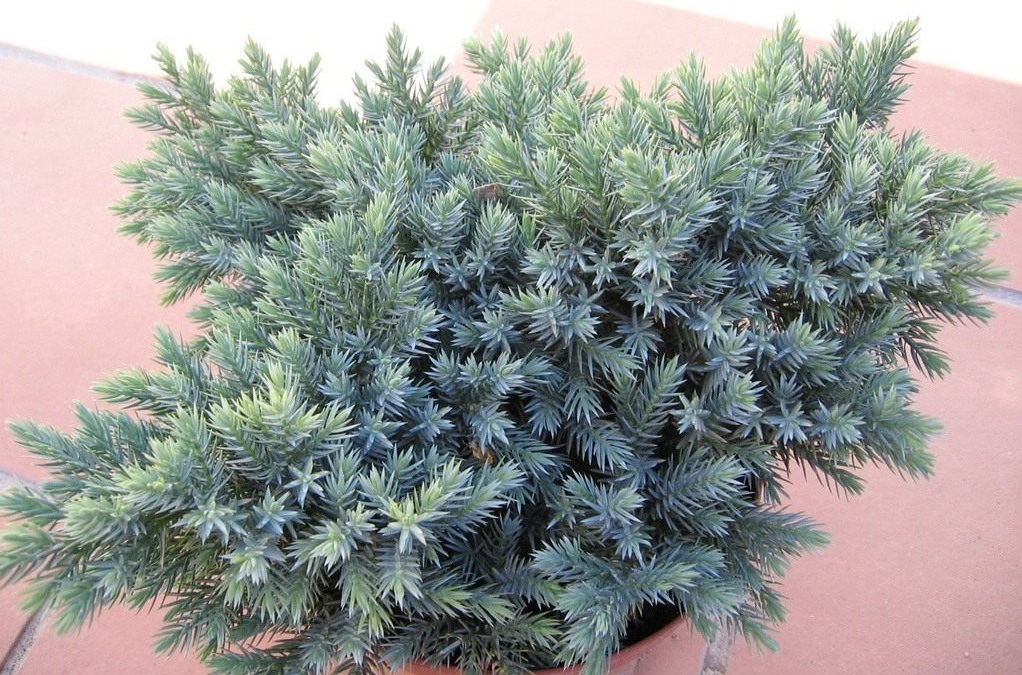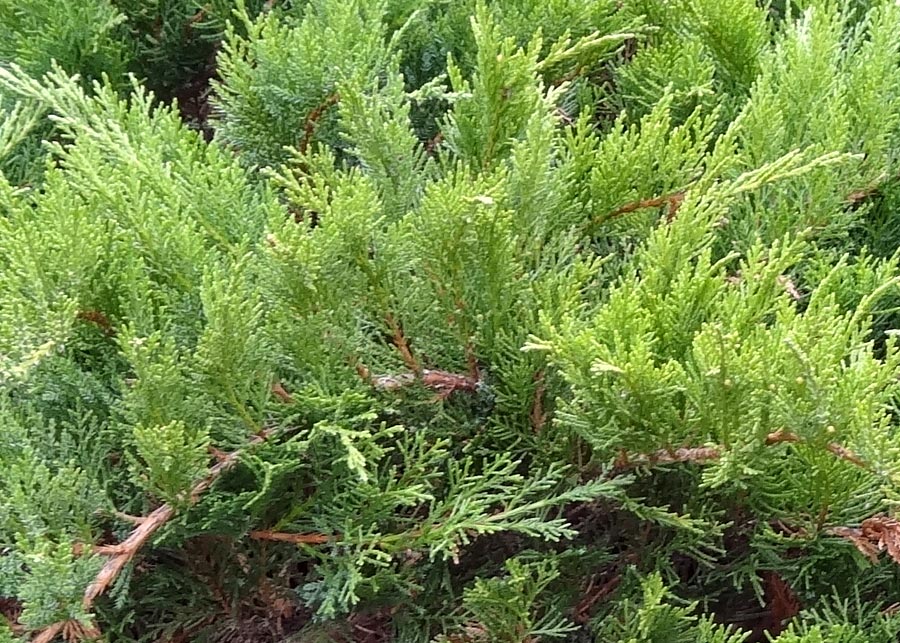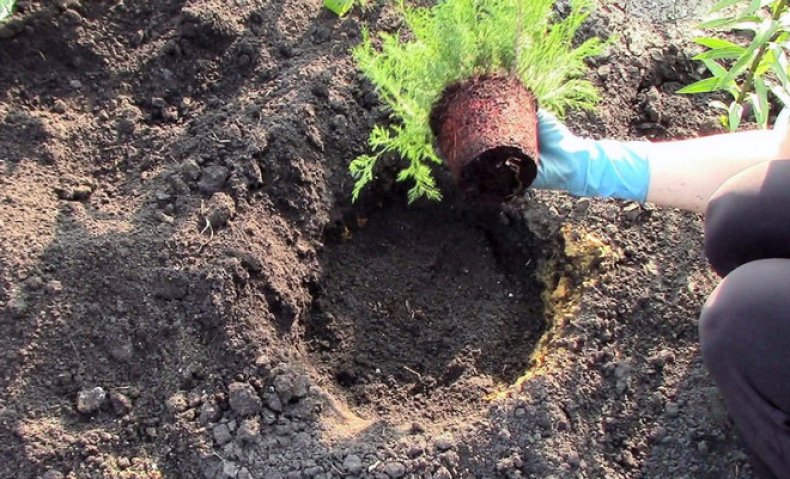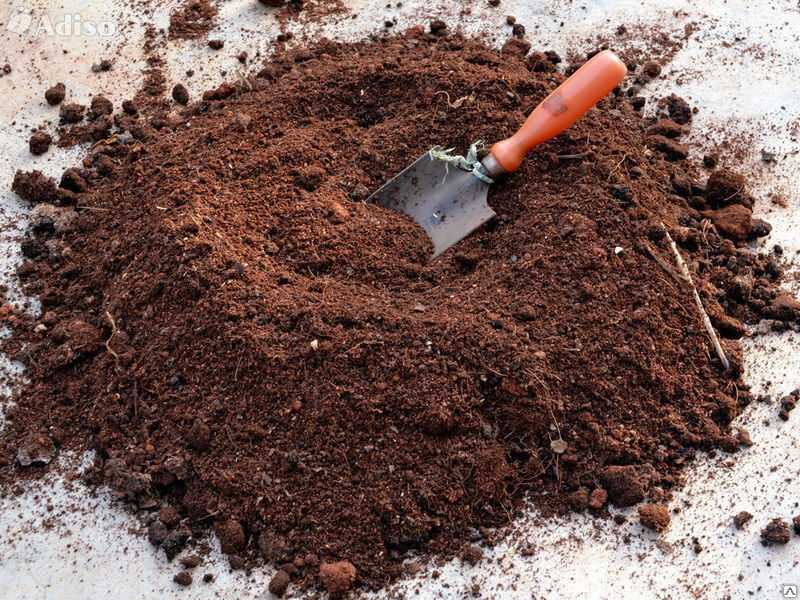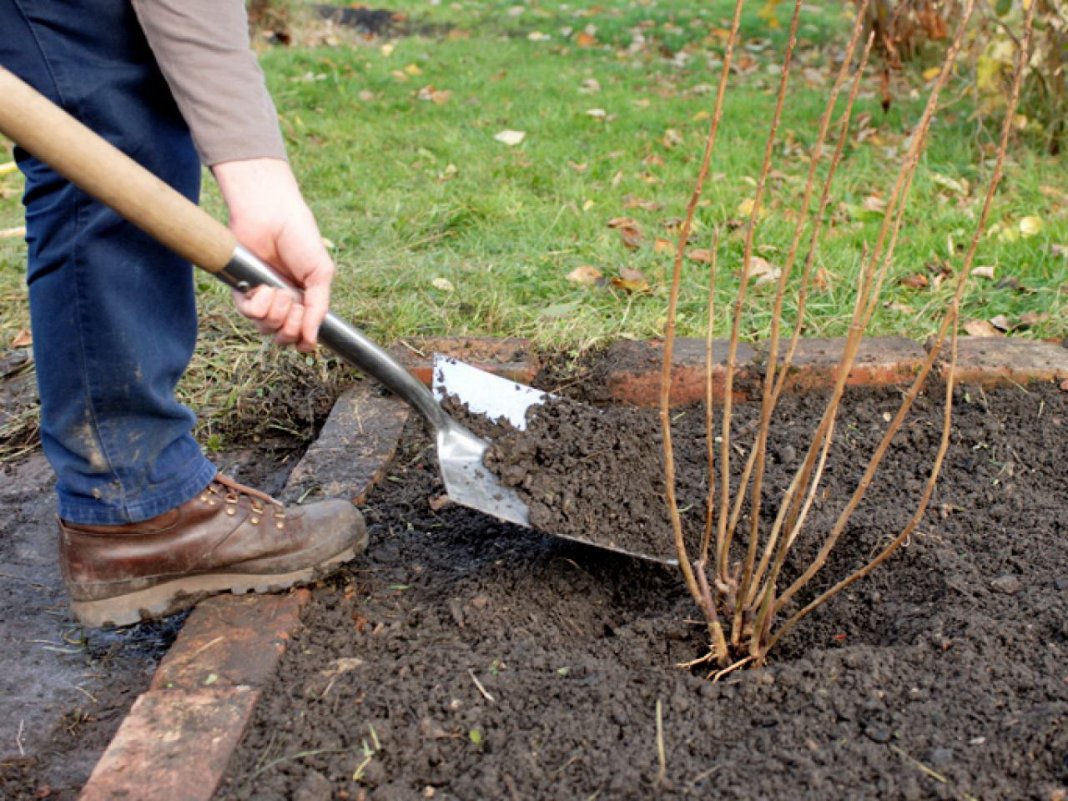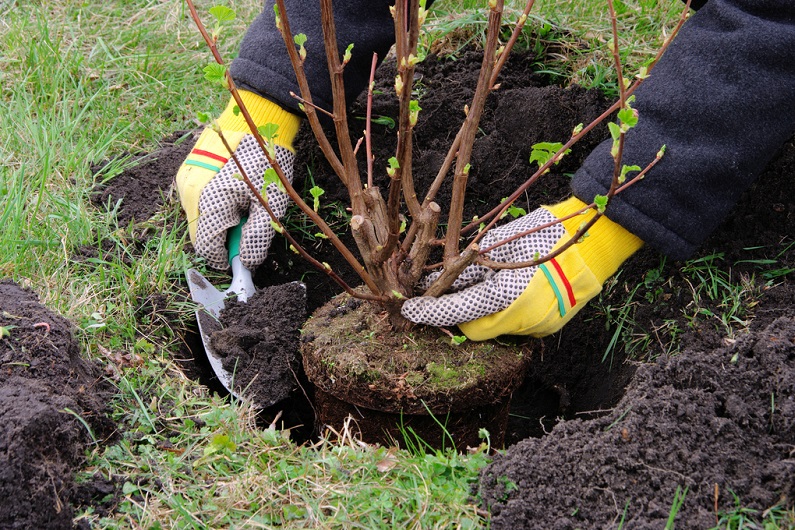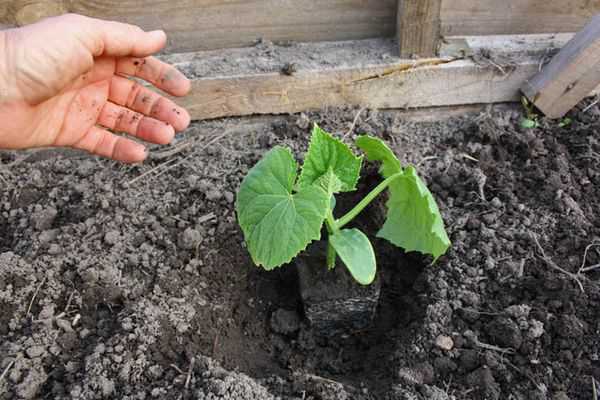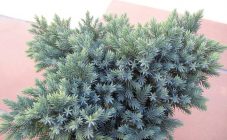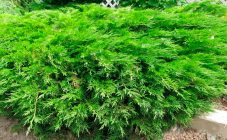Content:
Juniper is common in household plots. Its decorative look allows it to be used in landscaping. But few gardeners know how to transplant a juniper so that it does not dry out and die. This unpretentious culture is very sensitive when the integrity of its root system is violated.
Description of culture
Juniper (Juniperus) is a plant belonging to the Cypress family. There are 75 species. You can also find such names for juniper as juniper or heather. It is an evergreen plant. It is found in the wild in the Northern Hemisphere, from the Arctic to the subtropical mountain regions. Creeping juniper species are found mainly in mountainous areas, and trees, which can reach a height of 15 m, are found in the Mediterranean, America and Central Asia.
The juniper looks like a cypress tree, in addition, its lifespan is also very long, measured in hundreds of years. These plants have the ability to purify the air, so walks in the juniper forests are very beneficial. Since ancient times, it has been used as a medicine, as a spice, and dishes and various crafts were made from its wood.
In the gardens, they grow mainly juniper in the form of a bush, not exceeding 3 meters in height. In rare cases, in large areas, you can also find trees reaching 10 m. The plant has an erect, branched trunk, the bark of young shrubs is reddish, and in mature specimens it is brown. The leaves are very small, in the form of needles or scales, collected in whorls.
The plant is dioecious. Female juniper cones have a pleasant taste and smell, reach a size of 1 cm, and are colored green. Male - spikelets, elongated, yellow, located in the axils of the leaves. Juniper cones ripen by the second year. There are about 10 seeds under dense scales.
This culture has undeniable advantages:
- ease of care;
- compactness of the bush;
- grows well with little shade.
Cossack juniper, unlike usual, is poisonous. Sometimes people are afraid to plant all types of this plant in their plots without understanding.
It often happens that a juniper planted in autumn is green in winter, and dries up and dies in spring. This is because the roots are damaged, especially in adult specimens, and have poor regeneration.
During autumn and winter, the stomata of coniferous trees and shrubs are closed. This way the water stays inside and the juniper looks green. When spring comes, the air first heats up. The stomata begin to open, but the injured roots are unable to receive moisture from the still cold ground. It turns out that the plant evaporates more water than it extracts from the soil. This is called physiological drought. This phenomenon is possible in the fall, when the air is still warm, and the ground has already become cold.
The most capricious in relation to transplantation is the common juniper.Juniper horizontal and Cossack are more resistant to influences and undemanding to care for.
When buying a plant, you need to be careful and do it only in proven places, because juniper species that are not resistant enough to harsh winters may be sold. Such crops are not adapted to the conditions of the Moscow region and other regions with a similar climate and will freeze out in the first year.
How to transplant a plant to another location
Juniper, even at a young age, requires a very careful attitude during transplantation. It is better not to disturb this plant once again, but if the need arises, you should adhere to certain rules. Then you can hope that the bush will take root and will not freeze. The timing is also very important when you can safely transplant the juniper to a new place.
Plant preparation for transplanting
For 6 months, and preferably a year before transplanting, the juniper is dug around, deep enough to cut the roots. The perimeter of the earthen coma should be larger than the crown or the same size as it. This is done so that the plant has time to form the root system more compactly, then it will be less injured.
Preparation of a new place, soil composition, top dressing
The soil for planting should be low acidity, nutrient-rich and loose. First, the soil is prepared, and before planting, the pit corresponding to the plant land. The hole should be at least 2-3 times larger than the roots of the plant with soil. If the juniper seedling is small, then a size of 50 × 50 × 50 cm is sufficient.
At the bottom, it is necessary to make drainage from pieces of brick and sand. Typically, the composition of the soil is as follows: sod land, sand and peat. But for each type of juniper, soil requirements may vary slightly.
Transplant process
When the time for transplanting comes, the juniper must be dug from below, placed on a piece of burlap and moved to the prepared hole. It is recommended to treat the roots together with the soil with a product for better survival in a new place. This procedure can be repeated a little later and with a more concentrated solution.
After the end of the procedure, you need to tie the plant to the pegs, 2-3 pieces are enough.
It is recommended to purchase young juniper plants sold in containers with a volume of 3-5 liters - they will grow and take root quickly. Older specimens will be more of a hassle. Such plants are sold either in large containers or bags with large clods of soil.
Immediately upon planting, the most important thing is that a whole earthen lump remains. Otherwise, the tips of the roots are injured and such a plant may die. This crop should not be planted very densely, otherwise the trees will start fighting with each other for territory, which will affect their growth and development.
If junipers have a high height and a wide crown, then the plants are located at a distance of about 2 m from each other. If there are small specimens, half a meter will be enough. If a hedge is created that is not planned to be cut, then an interval of 1 m is maintained, with a hedge trimmed - 0.6 m.
When purchasing seedlings with a root system that is open, the best time to plant would be early spring or autumn, but before the onset of frost. Juniper, which is sold in a container, can be planted at any time except during very hot periods.
When planting, make sure that the roots are horizontal. After the juniper must be watered and mulched with bark, peat, wood chips, pine cones. This is done not only to improve the conditions for the development of the plant, but also to make it more decorative.
Transplanted plant care
When a juniper is planted in a new location, it must be treated with insecticides and fungicides. These procedures are carried out regularly until the plant is fully rooted. Top dressing is carried out foliar, using micro- and macro-fertilizers. When watering, you do not need to direct the stream of water to the trunk and crown, this can provoke a fungal attack.
For several months, the care should be correct:
- shading from direct sunlight;
- spraying the crown;
- preventing drying and crusting on the ground.
Compliance with these rules will allow the juniper to quickly take root in a new place, so that the efforts spent on its transplant are not wasted.
Best Time to Transplant: Spring, Summer or Fall
The timing in which a plant can be disturbed is dictated by the ability to form new roots. This ability varies with the season, so it is important to know when to replant your juniper.
The most favorable period for transplanting is early spring in March-April. Summer transplantation is not recommended, because in the heat, the needles are characterized by the appearance of a large amount of moisture on the surface. Then it is better to give preference to the autumn one - the plant can take root in the spring. As for the Cossack juniper, the transplant can be carried out in the fall without fear.
Thus, the most favorable time for transplanting is spring. If, nevertheless, the juniper is transplanted to another place in the summer, then the following actions are recommended:
- dig up the plant and place in a container;
- carried in the shade in a greenhouse or just under a film, while the container can be buried in the ground;
- wait a couple of months until the plant gets used to the new conditions, while accustoming it to open air;
- plant a juniper at the end of summer in a permanent place, covering from the sun at first.
How to transplant an adult plant
It is not recommended to transplant an adult juniper unless absolutely necessary - a very small percentage of survival. If you had to carry out this procedure, then the plant must be carefully examined for injuries and diseases.
When transplanting adult specimens, the best period will be August-first half of September. Planting in spring, at normal soil temperatures, is also allowed. In any case, the plants are shaded from the south side to avoid burns from the active sun after winter.
